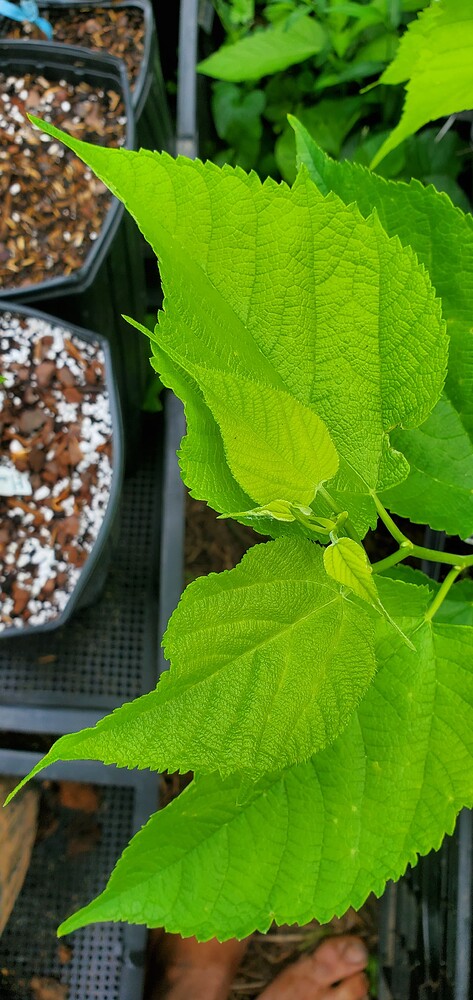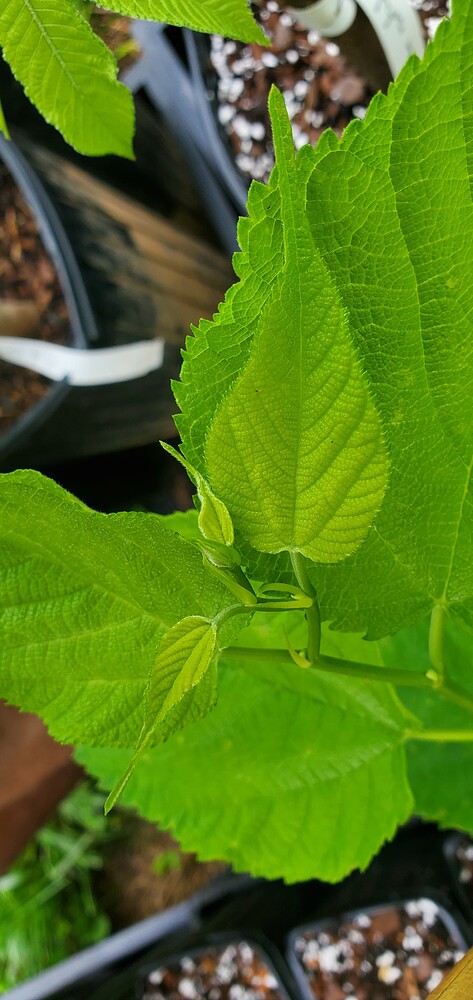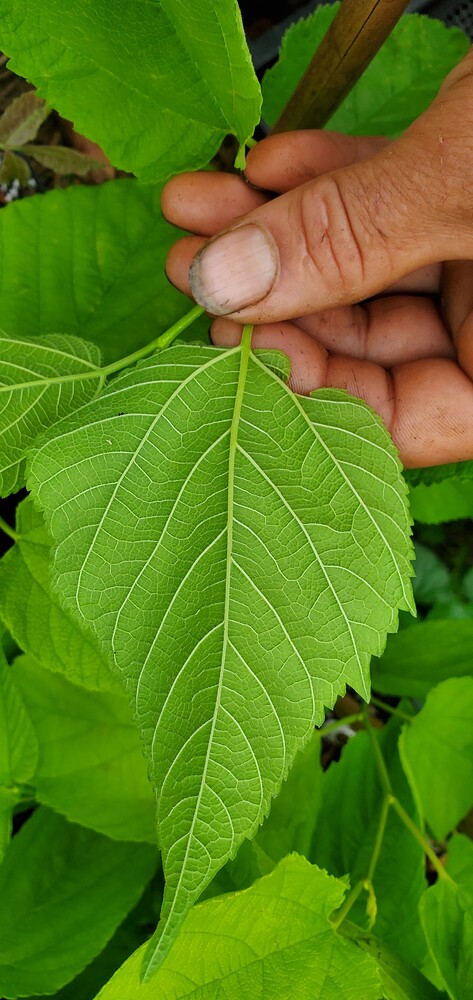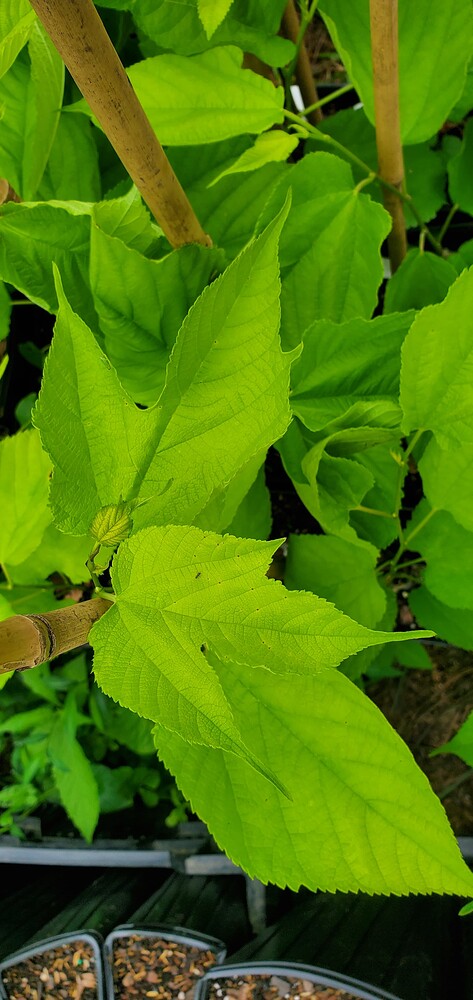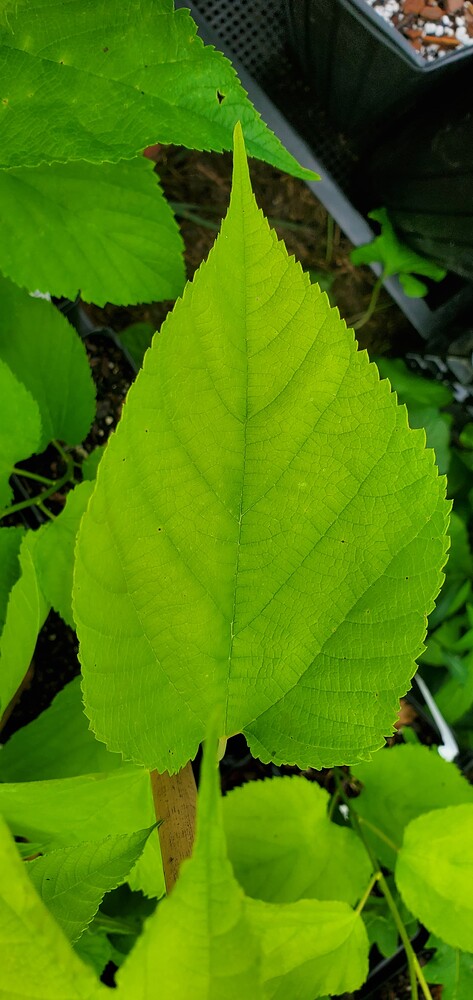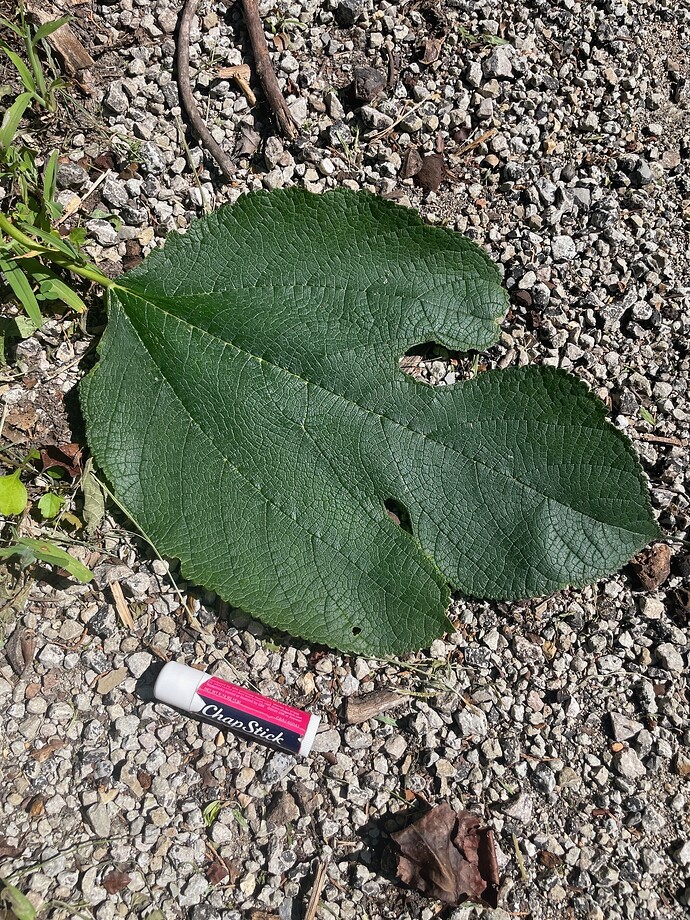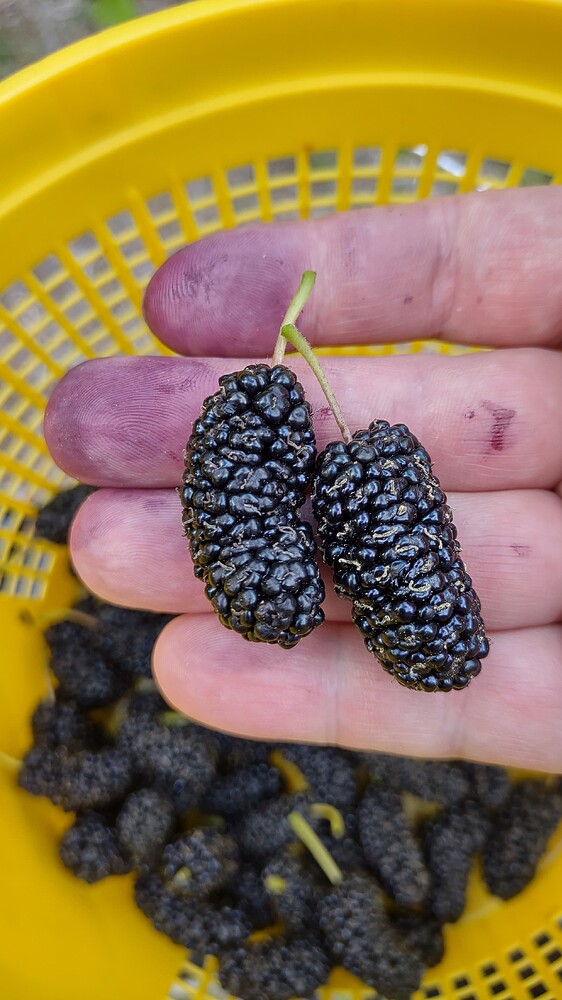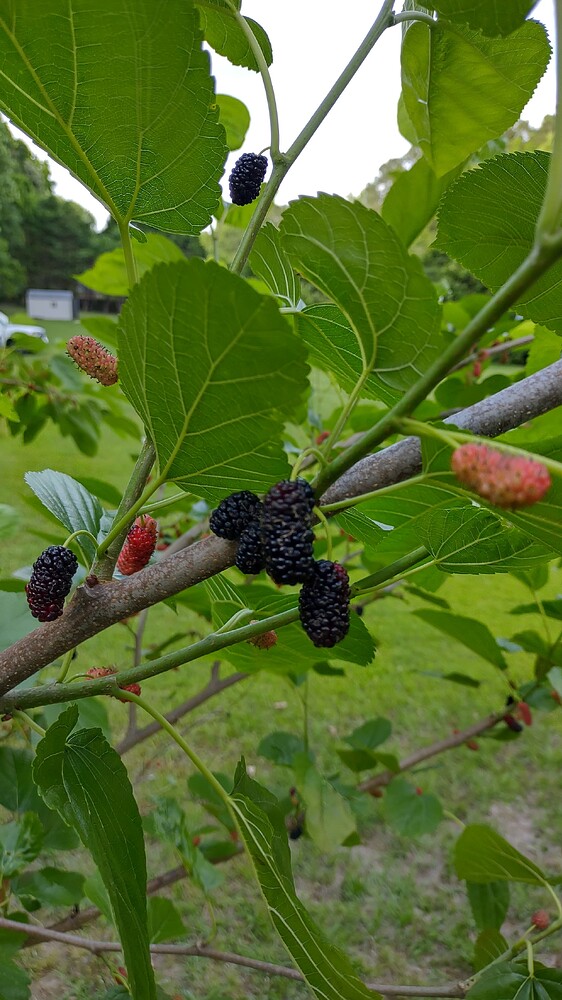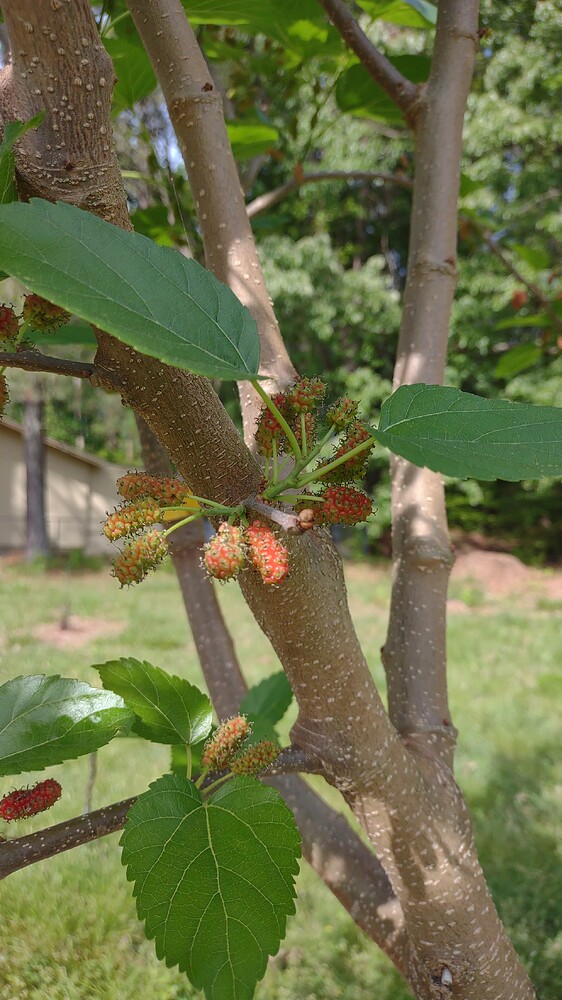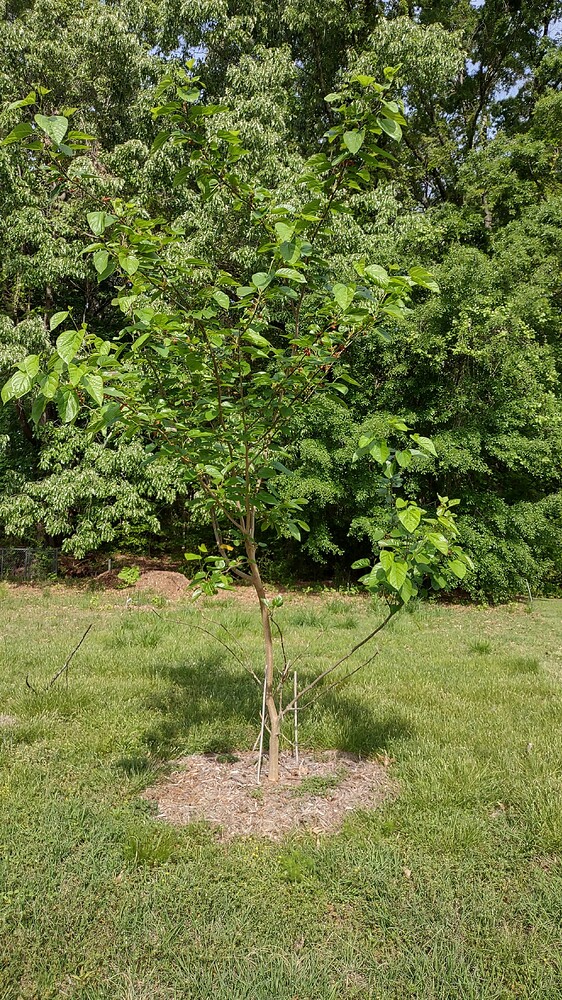I’m guessing you didn’t bother to read the source DijonG provided.
That paper showed that, even as long ago as the 18th century, it was known that Morus rubra is not purely dioecious. This is still the current scientific opinion. Nowhere in that paper do they add that “Linnaeus, however, was wrong. Morus rubra is in fact dioecious” or anything to that effect.
So DijonG provided evidence that this claim:
Is wrong.
Some other papers also showing it to be wrong:
Both M. alba and M. rubra are reported to be dioecious or monoecious (Berg, 2001;A. Whittemore pers. comm.)
Systematics and Reproductive Biology of the Genus Morus L. (Moraceae)
Nepal, Madhav P. Kansas State University 2008. 3325640.
This study presents findings on sex expression and sex ratio variation in two congeneric tree species, the native Morus rubra and the exotic M. alba, in the Flint Hills region of the Great Plains in the United States. Both species exhibited a subdioecious breeding system (with male, female and hermaphrodite individuals co-occurring within populations)
BREEDING SYSTEM AND SEX RATIO VARIATION IN MULBERRIES (MORUS, MORACEAE)
Madhav P. Nepal, Carolyn J. Ferguson and Mark H. Mayfield
Journal of the Botanical Research Institute of Texas
Vol. 9, No. 2 (30 NOVEMBER 2015), pp. 383-395 (13 pages)
Morus rubra L. and M. alba L. (Moraceae) male and female plants, located in Denton, Texas, USA, were used for this work. Although mulberry is dioecious, it is not uncommon for an individual plant to bear both staminate and carpellate flowers
Phytoestrogens and floral development in dioecious Maclura pomifera (Raf.) Schneid. and Morus rubra L. (Moraceae)
Camelia Gabriela-Anca Maier, Kent Dean Chapman, Don Wiley Smith
We have found populations of both M. alba and M. rubra in the eastern
Great Plains to be subdioecious, with the majority of individuals producing catkins of a single sex but with some (ca. 10%) being hermaphrodites
Identification of Eastern North American Morus (Moraceae): Taxonomic Status of M. murrayana
MP NEPAL, MH MAYFIELD, CJ FERGUSON - Phytoneuron, 2012
